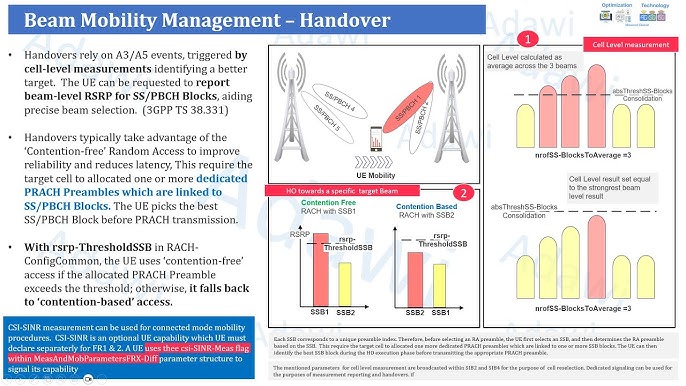NB-IoT in Action: Enabling Scalable and Low-Power IoT Connectivity
telcomatraining.com – In the rapidly expanding world of the Internet of Things (IoT), scalability and power efficiency are two key challenges that technology providers must overcome. Narrowband IoT (NB-IoT), a cellular LPWAN (Low Power Wide Area Network) technology standardized by 3GPP, is designed to address these very issues. It is revolutionizing the way devices connect by offering robust, low-cost, and energy-efficient connectivity solutions—ideal for massive IoT deployments.
What Is NB-IoT?
NB-IoT is a wireless communication standard that operates on licensed frequency bands and is optimized for applications that require small amounts of data over long periods. Unlike traditional cellular networks, NB-IoT focuses on low-throughput and battery-powered devices, such as smart meters, environmental sensors, and industrial monitors.
Its standout features include deep indoor coverage, low device complexity, extended battery life (up to 10 years), and support for massive device density—up to 50,000 devices per NB-IoT cell. These characteristics make NB-IoT especially suited for IoT use cases where reliability, scalability, and longevity are crucial.
Advantages of NB-IoT for IoT Deployments
- Low Power Consumption:
Devices using NB-IoT are built for efficiency. Features like Power Saving Mode (PSM) and Extended Discontinuous Reception (eDRX) allow devices to sleep for extended periods, conserving energy and reducing maintenance costs. - High Scalability:
NB-IoT supports massive deployments by offering efficient spectrum usage and low network overhead. This is particularly beneficial for smart cities, agriculture, logistics, and utility industries, where tens of thousands of sensors may need to operate simultaneously. - Reliable Coverage:
NB-IoT ensures deep indoor and rural coverage, outperforming conventional cellular solutions. It can penetrate walls, underground facilities, and remote terrains—perfect for water meters, parking sensors, and agricultural monitoring. - Cost-Effectiveness:
By eliminating unnecessary features from traditional cellular protocols, NB-IoT reduces module complexity and overall device cost, making it a highly economical option for large-scale projects.
Real-World Applications of NB-IoT
NB-IoT is not just theoretical—it’s already in action across various sectors:
- Smart Utilities: NB-IoT enables real-time monitoring of gas, electricity, and water consumption. Utility providers can automatically gather usage data, detect leaks, and issue alerts, all while saving on manual labor and operational costs.
- Agriculture and Farming: Farmers use NB-IoT sensors to track soil moisture, temperature, and livestock movement. These insights help optimize irrigation and feed schedules, boosting crop yields and reducing waste.
- Smart Cities: From intelligent street lighting to connected trash bins, NB-IoT enhances public services with data-driven automation, improving sustainability and reducing energy consumption.
- Logistics and Asset Tracking: Supply chain operations benefit from NB-IoT by monitoring the location and condition of goods in real-time, ensuring timely delivery and reducing losses.
Future of NB-IoT
With 5G networks rolling out globally, NB-IoT is set to evolve further. It is a core component of the 5G Massive Machine-Type Communication (mMTC) framework, ensuring long-term support and future compatibility. As industries become increasingly data-driven, NB-IoT will play a pivotal role in supporting ultra-scalable, low-power, and cost-effective IoT ecosystems.
Conclusion
NB-IoT is more than just another connectivity standard—it’s a catalyst for the next wave of digital transformation. Its ability to connect billions of devices in a secure, scalable, and power-efficient manner makes it a cornerstone technology for smart industries and sustainable innovations. As more businesses embrace the potential of IoT, NB-IoT will be at the forefront, enabling the intelligent and connected world of tomorrow.







